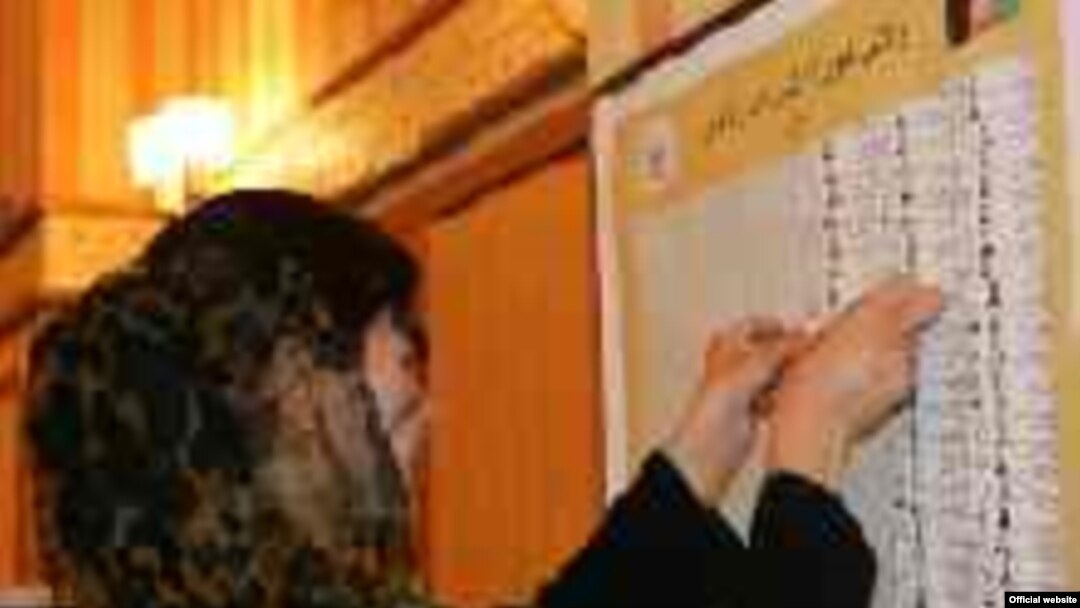While the functions of the 249 members of the national People's Council are enumerated to large degree in the country's constitution, the functions of the provincial councils remain largely unclear. Until the duties and authorities of those provincial bodies are more firmly enumerated and their members given official space in which to operate, there is a risk that a potentially effective mechanism for local government might be forever marginalized -- and an opportunity lost.
Both the National Assembly and the provincial councils are expected to begin their work around the beginning of December, after the Joint Electoral Management Body (JEMB) announces the final certified results of the polls, which is expected next week.
Description And Duties
The Constitution of the Islamic Republic of Afghanistan stipulates in Article 138 that "a provincial council is to be formed" in each of country's 34 provinces that should "take part in securing the developmental targets of the state and improving its affairs in a way stated by law" and give "advice on important issues falling within the domain" of each province.
The article adds that the councils are to perform "their duties in cooperation with the provincial administration."
The JEMB website (http://www.jemb.org) likewise states that the "provincial council will take part in the development and improvement of the province and advise the provincial administration on related issues."
The breakdown of membership of the provincial councils is based on the population of each province, with a requirement that at least one-quarter of the members of each council be women. Provinces with fewer than 500,000 inhabitants will form nine-member councils; provinces with 500,000 to 1 million inhabitants, 15-members councils; provinces with 1 million to 2 million inhabitants, 19-member councils; provinces with 2 million to 3 million, 23-member councils; and provinces with more than 3 million inhabitants will have 29-member councils.
Helping To Fill The Upper Legislature
The provincial councils will have a direct impact on the make-up of the National Assembly, as each of the 34 councils will select one delegate to send to the 102-member upper chamber of the National Assembly, the House of Elders (Meshrano Jirga). Moreover, according to the constitution, an additional one-third of the House of Elders is to be selected from the members of district councils. However, the election of those councils has been postponed indefinitely because of disagreements drawing the district boundaries. As a result, the cabinet decided recently to fill the district council seats in the House of Elders temporarily with additional representatives from the provincial councils. Those members should be replaced by district-council representatives as soon as those bodies are formed.
Under the constitution, provincial council members who are selected to join the House of Elders will forfeit their seats on the local body and be replaced by the candidate of the same gender who received the next highest number of votes. According to the cabinet's decision, those provincial-council members who temporarily assume district-council seats in the House of Elders will be temporarily replaced on the provincial councils until they return to the local body.
Short On Detail
Draft papers outlining the responsibilities and powers of the provincial councils were circulated among Kabul's power elite and representatives of donor states through the summer, and the final version was released in August, less than a month before the elections. Most Afghans, therefore, went to the polls on 18 September and voted for provincial council members with little idea of exactly what those councils would be empowered to do. Even in the document that was accepted in August, the outlined responsibilities of the provincial councils remain disturbingly vague.
While much of the attention in Afghanistan has been focused on power plays surrounding the National Assembly, the country's most significant local representative organ -- the provincial council -- is in danger of becoming a marginalized institution. The firmly entrenched positions of many of the country's provincial governors, with whom the councils will have to contend and cooperate, further highlight that risk.
It seems clear that the framers of the Afghan Constitution sought to steer the country toward a highly centralized state. However, if the provincial councils had more a clearly defined role and stronger authorities, they could become a powerful democratic force -- bringing the center into closer contact the periphery and fostering a genuine feeling of connection between average Afghans and the structures of government.
(For more on events in Afghanistan, see RFE/RL Afghanistan Report .)


